Valley of the Tetons Library
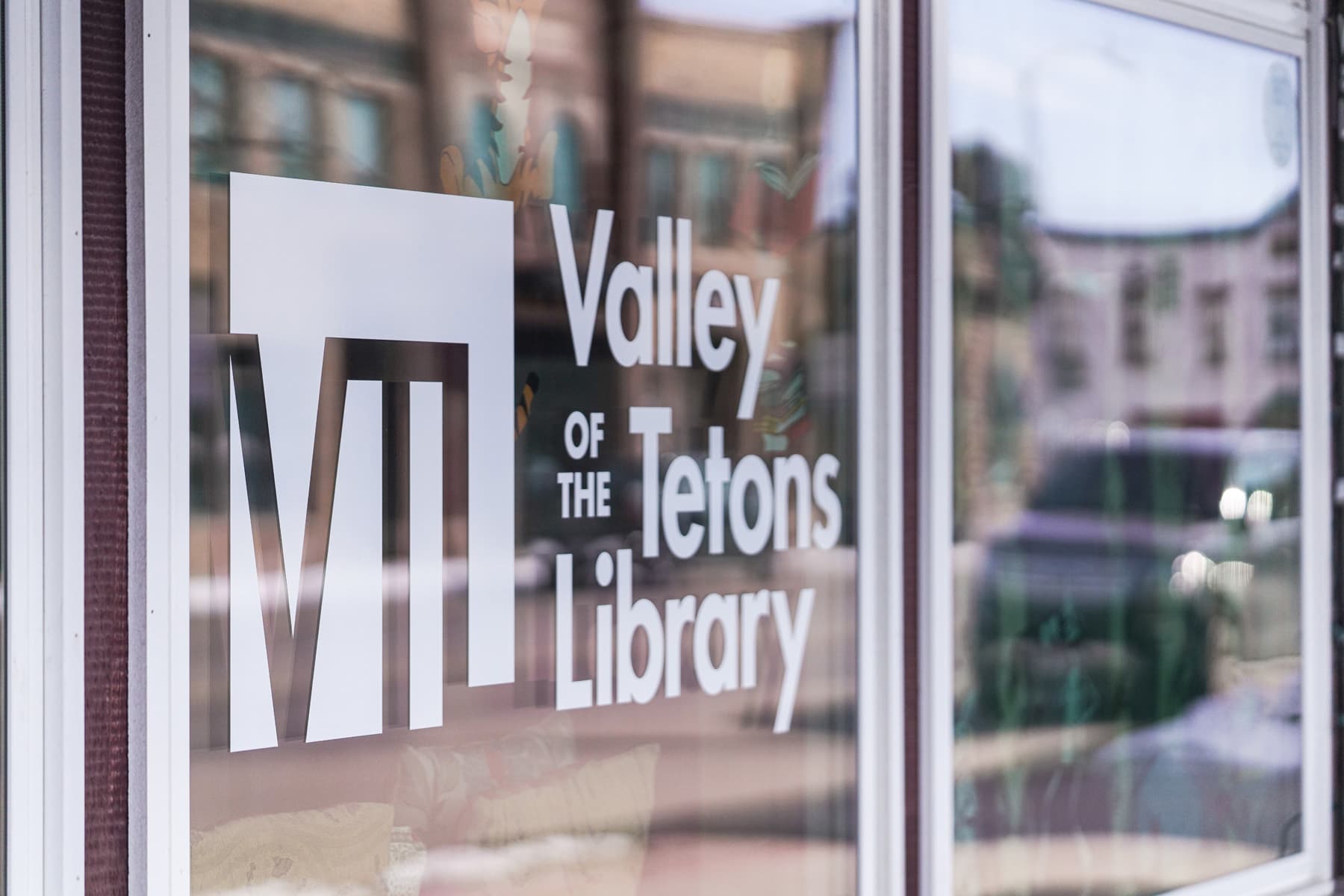
For older Americans like me, libraries were always all about books. When I was a kid, my local librarian knew who I was and what I liked to read. Every two weeks, she’d recommend a stack of new titles for me to check out.
I’d open the pages and find myself transported to another country or even another world.
Through books, I went off on adventures and experienced magic. I lived in a city and on a farm. I could be a detective or an explorer. Books provided me with an escape from my humdrum suburban life, and the library was my sanctuary.
But American reading habits have changed. In 2023, if you read one book a year, you were reading more than 46 percent of Americans. Readers of ten books annually were in the 79th percentile, while less than 12 percent of us finished twenty or more books in a year, according to a 2023 report on yougov.com, an online market research and opinion polling organization.
This change in habits has challenged America’s libraries to evolve.
“When people think of libraries, they think of books,” says Susan Strayer, the communications manager at Valley of the Tetons Library. “We want to broaden the idea of what a library is. You can come and create at our library. We have a makerspace, sewing machines, computers, a laser engraver … People can check out laptops or hotspots. You can come record a podcast or do karaoke with your friends in our sound studio.”
Susan says this evolution has been necessary to meet new demands and changing demographics. A 2019 Gallup poll showed that adults visited their public libraries an average of 10.5 times a year—more than they went to the movies or to sporting events—but the reasons they went have changed. For Valley of the Tetons Library, patrons now visit to access computers, WiFi, and scanners, almost as often as they go to check out a book. Valley residents see the library as a place to borrow a carpet cleaner or a table saw, as well as to read a magazine.
Emily Bahr, the library’s director of external affairs and advancement, says her staff is looking to change the way the community defines literacy. According to her, literacy is not just about being able to read. It’s also about being able to function with confidence in all aspects of today’s society.
“Literacy obviously means books, but we’re also dedicated to financial literacy, health literacy, and digital literacy,” she says. “We want to help people become more fluent in all these aspects.”

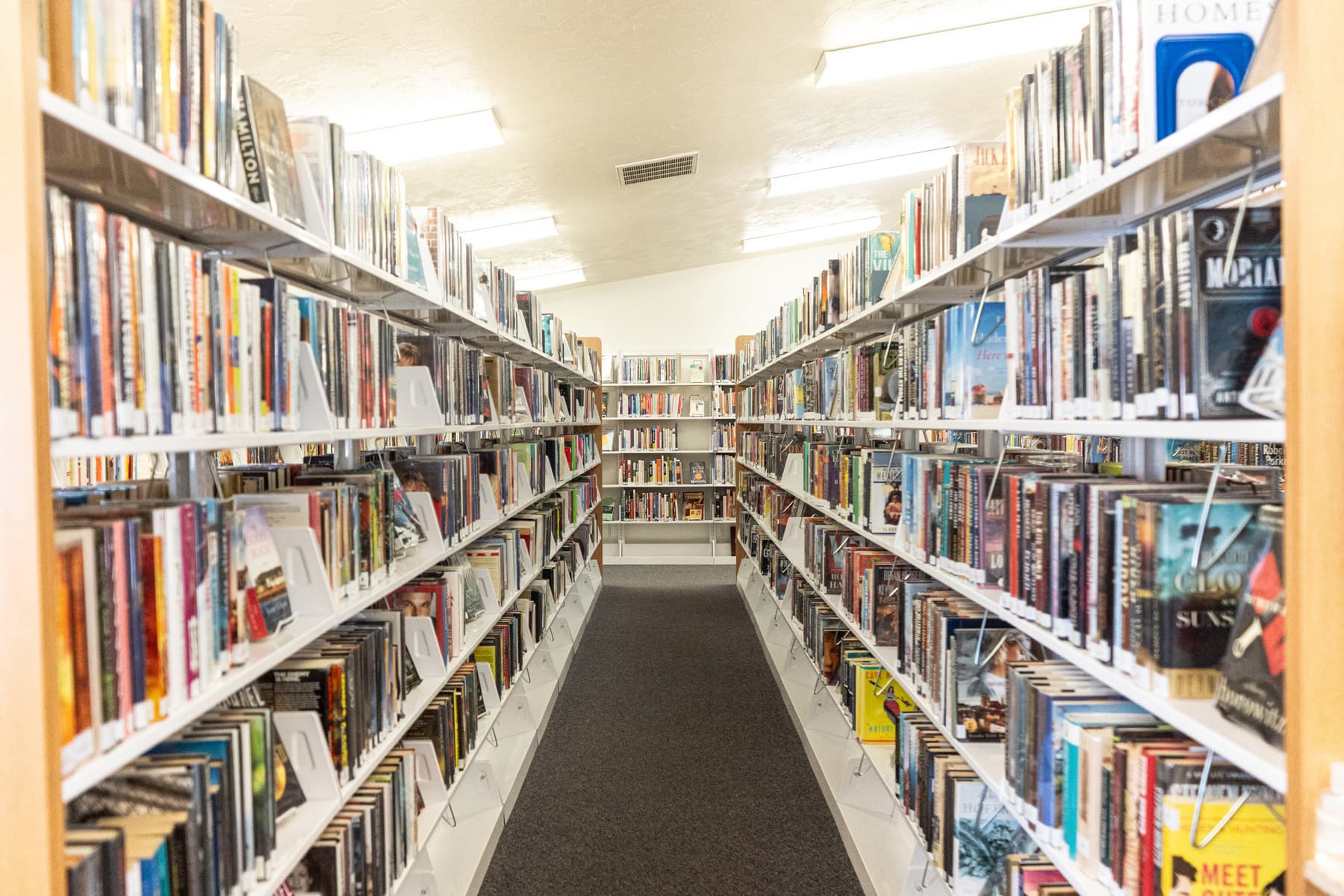
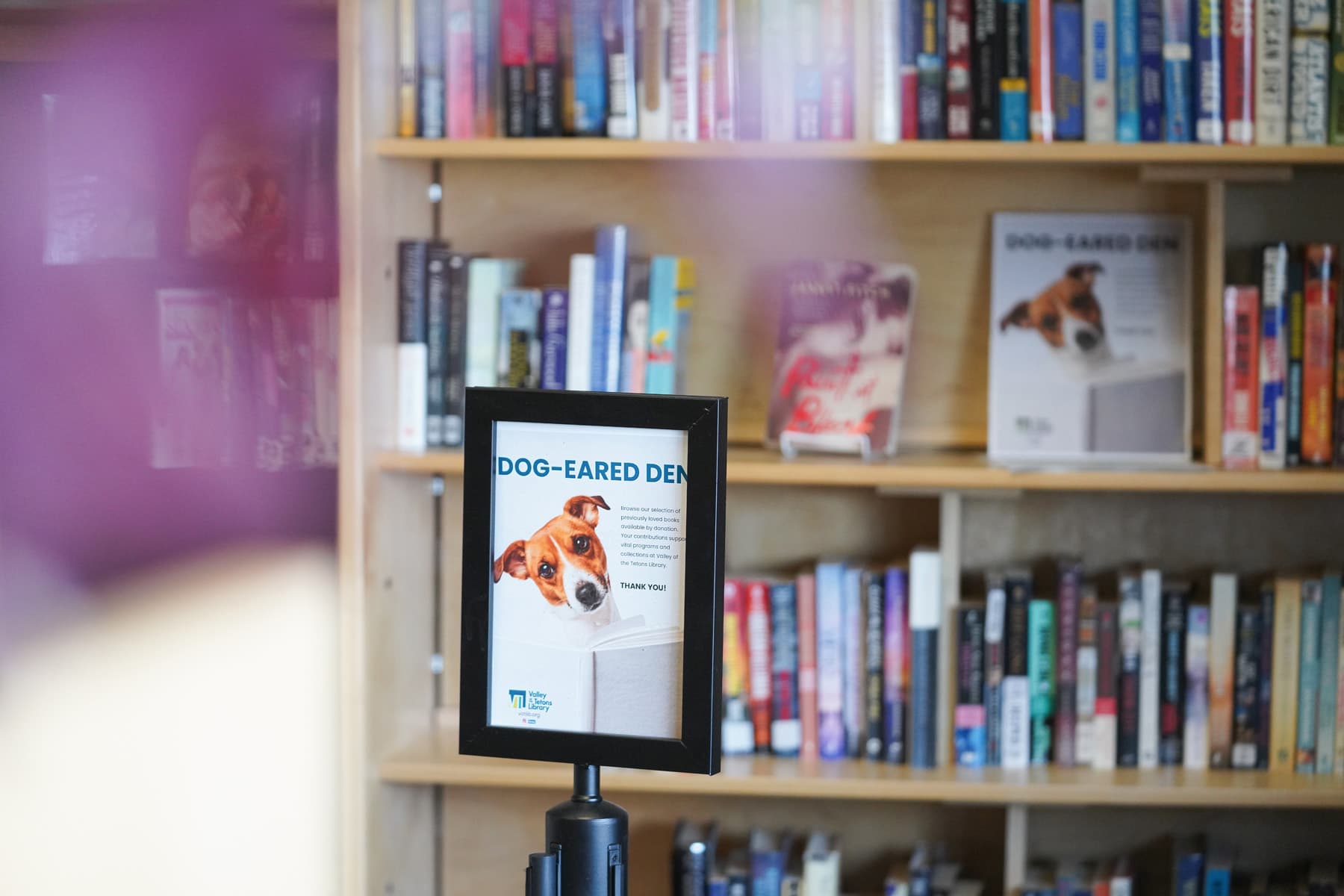
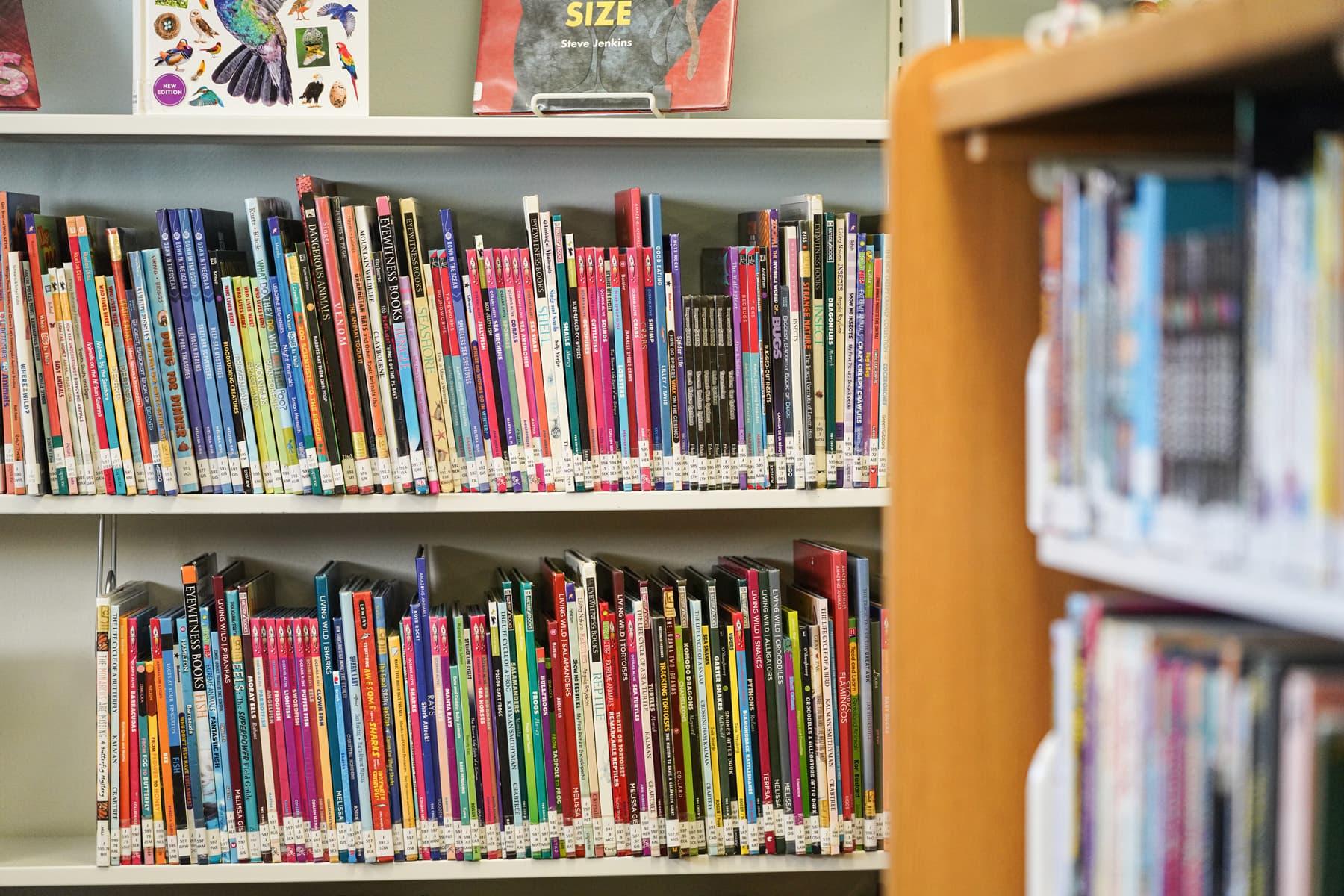
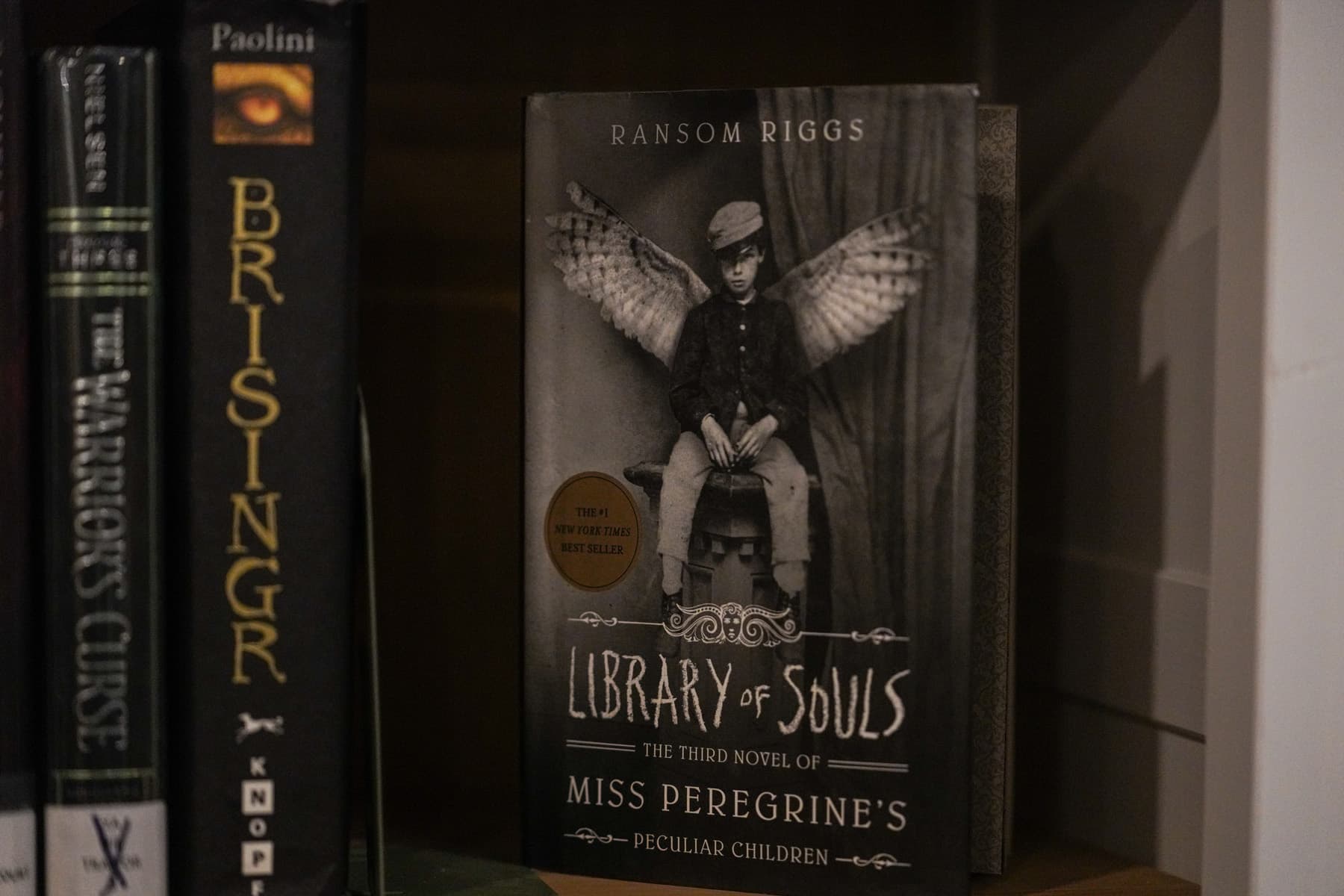
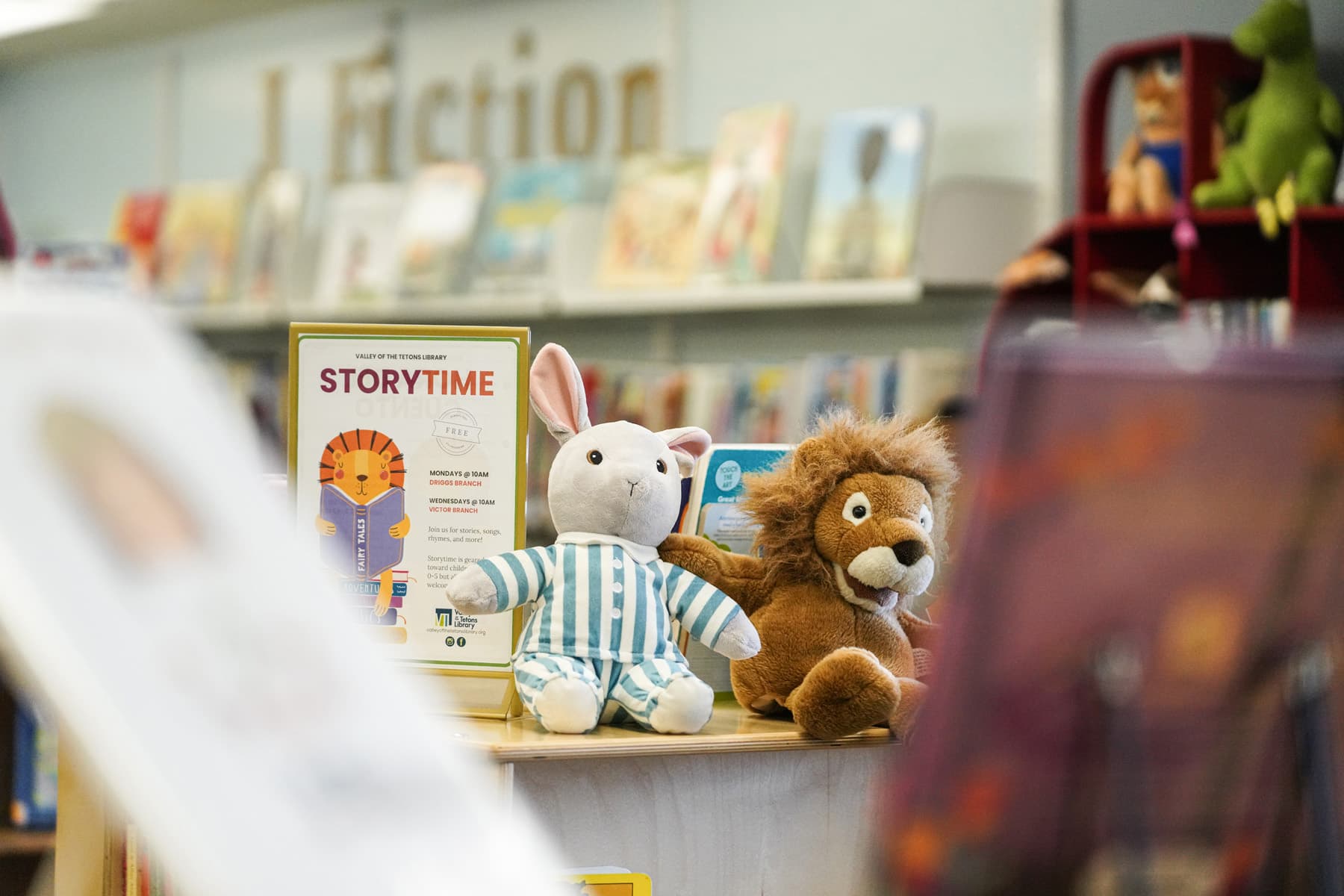
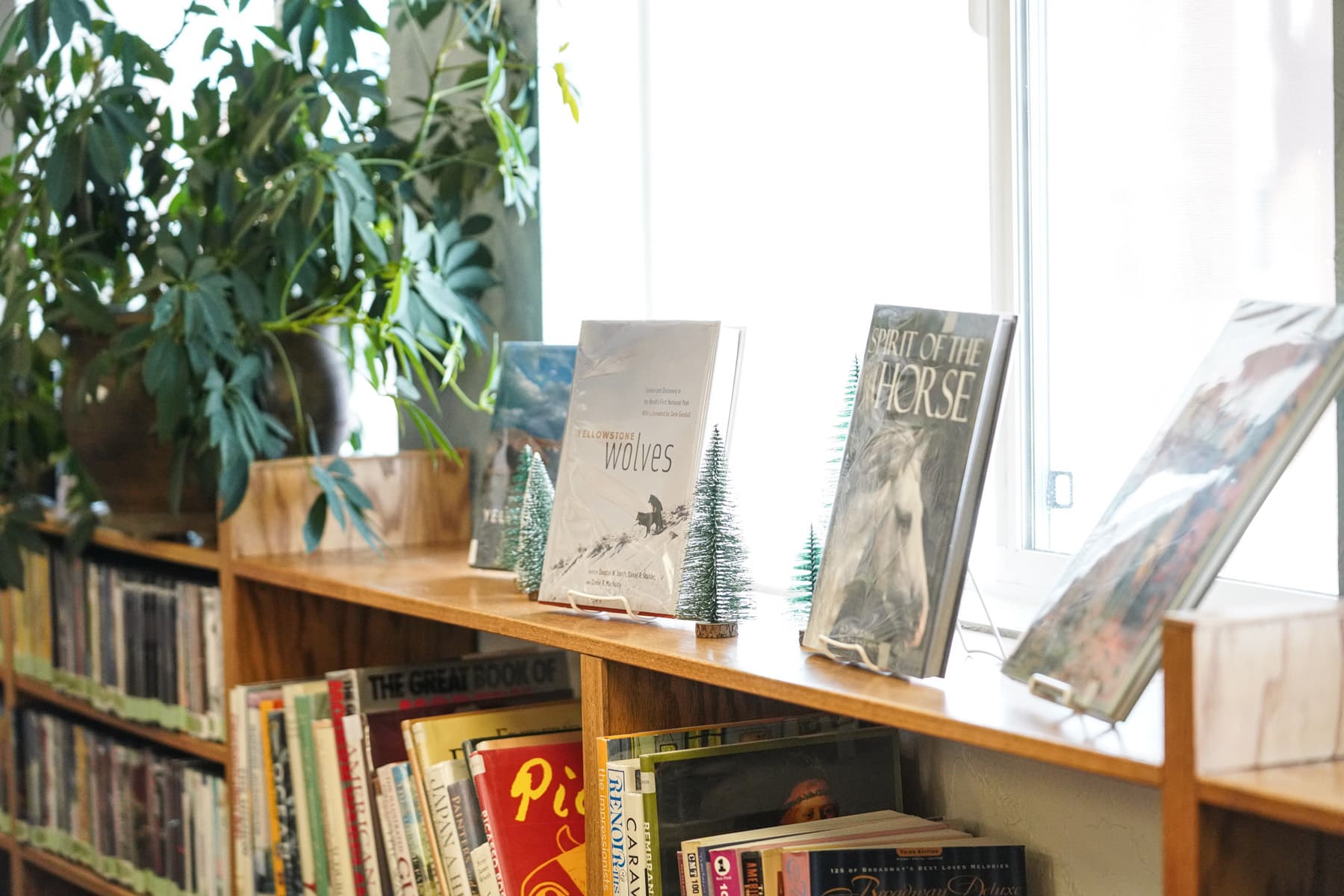
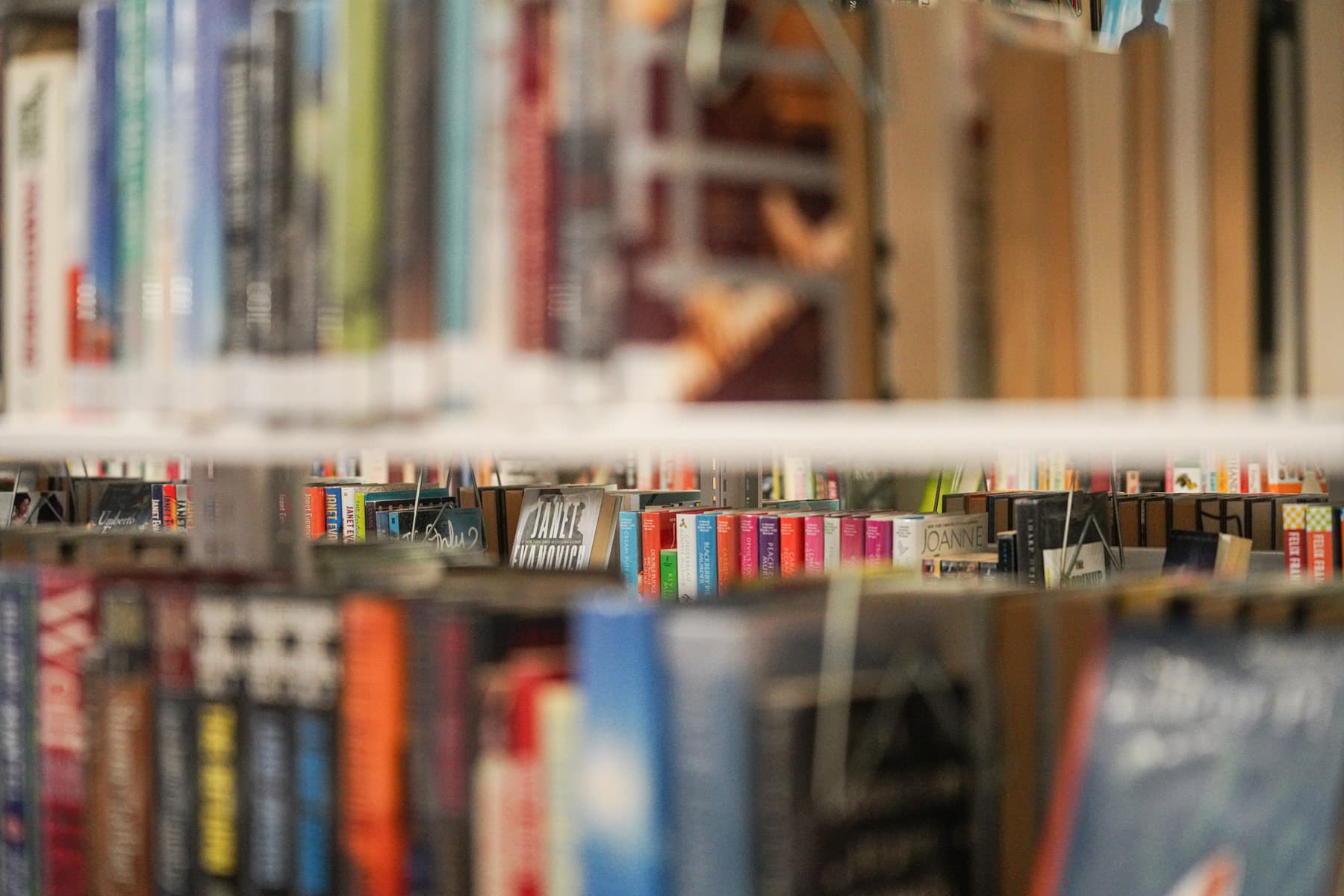
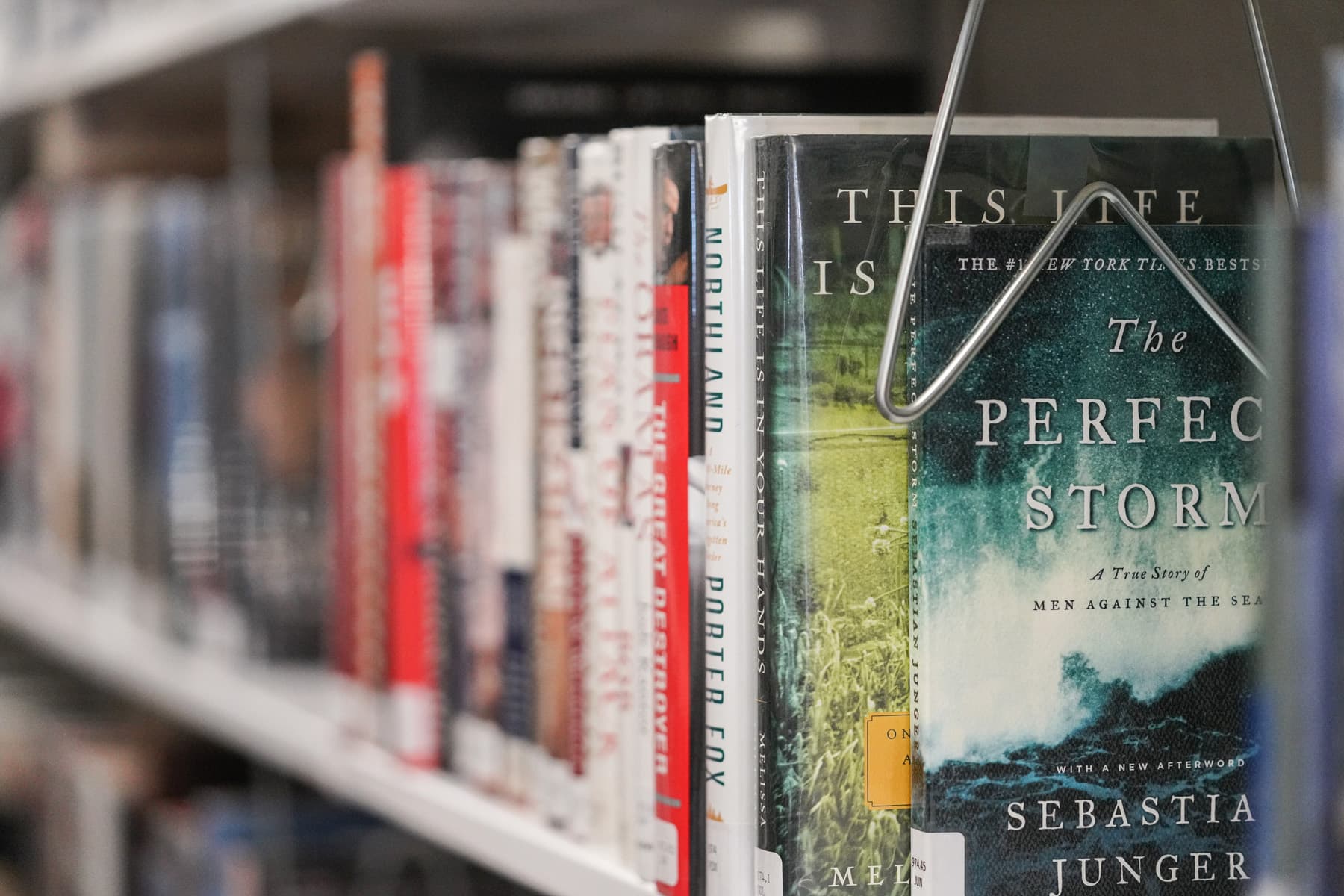
Valley of the Tetons Library (VTL) has always been a community-driven organization. Back in 1965 a group of women, known as the Chambermaids, decided the area needed a library. They went to the Teton Valley County Commissioners with their request.
“They were basically told to go back home and do the dishes,” Susan says. “That made them mad enough that Fay Rammell drove to Boise the next day to meet with the state librarian about how to bring a library to the valley. Fay became a founding member of the Valley of the Tetons Library Board of Trustees.”
What they needed to do was demonstrate community support. The Chambermaids came back home from Boise and started a petition drive. Seventy-six percent of Teton Valley voters signed their petition and, in record time, they had a library housed in a small building behind what is now the Victor Emporium. Five years later, in 1970, the library’s permanent home was trucked down Main Street and installed at its current location in Victor. Now, there are three branches: one in Victor, one in Driggs along with an annexed Makerspace, and, since May 2024, a cozy cabin library in Tetonia.
“We are forever grateful for those ladies,” Susan says. “They saw a need and decided to do something, and they made it happen. That’s a great heritage.”
Now the library is seeing another need. Its popularity has also become its challenge. The current physical space is tight, particularly in Driggs. Every computer is in use after school hours, and often there are people waiting for a turn. Program participants routinely have to sit on the floor or stand because there aren’t enough chairs. Furthermore, the library does not own its Driggs building, and the rent for that space has gone from $22,000 in 2019 to more than $53,000 in 2024. That increase reflects the addition of the makerspace, but rent still accounts for more than three times the library’s total program budget.
“We are so lucky to have the Valley of the Tetons Library, but the space is tight,” says local financial planner Ty Mack, adding that his family loves the library. His boys are particularly fans of the makerspace. “Even with limited space, they have a great selection of books, lots of interesting events, and an amazing staff,” Ty says.
The library receives roughly 80 percent of its operating budget from property taxes, relying on support from individuals, businesses, and foundations—in particular the newly reorganized Valley of the Tetons Library Foundation & Friends—to cover the rest of its expenses. To address the overcrowding issues, the organization hopes to build a new, permanent home for the Driggs branch sometime in the next few years. That dream means finding new sources of funding and support.
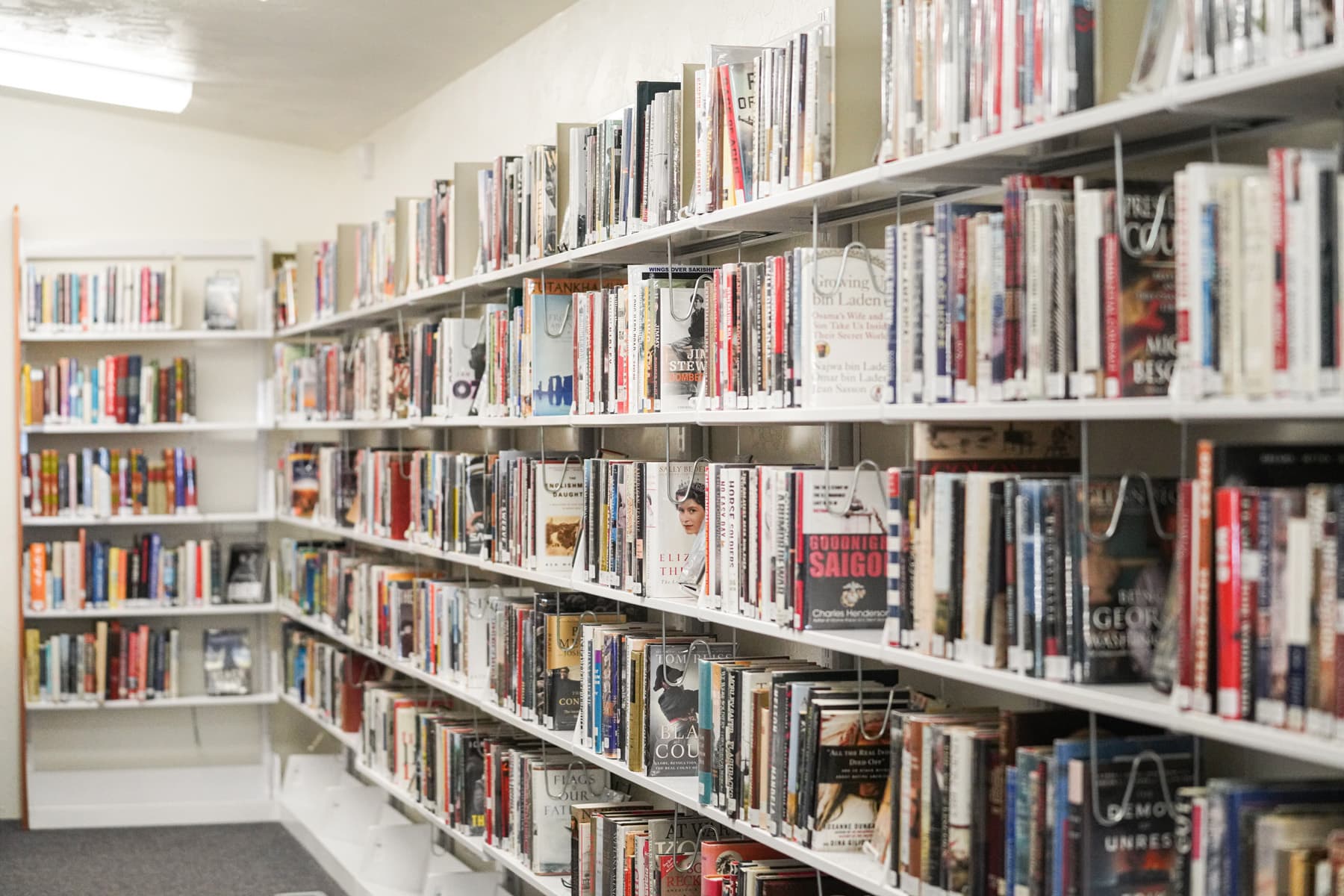
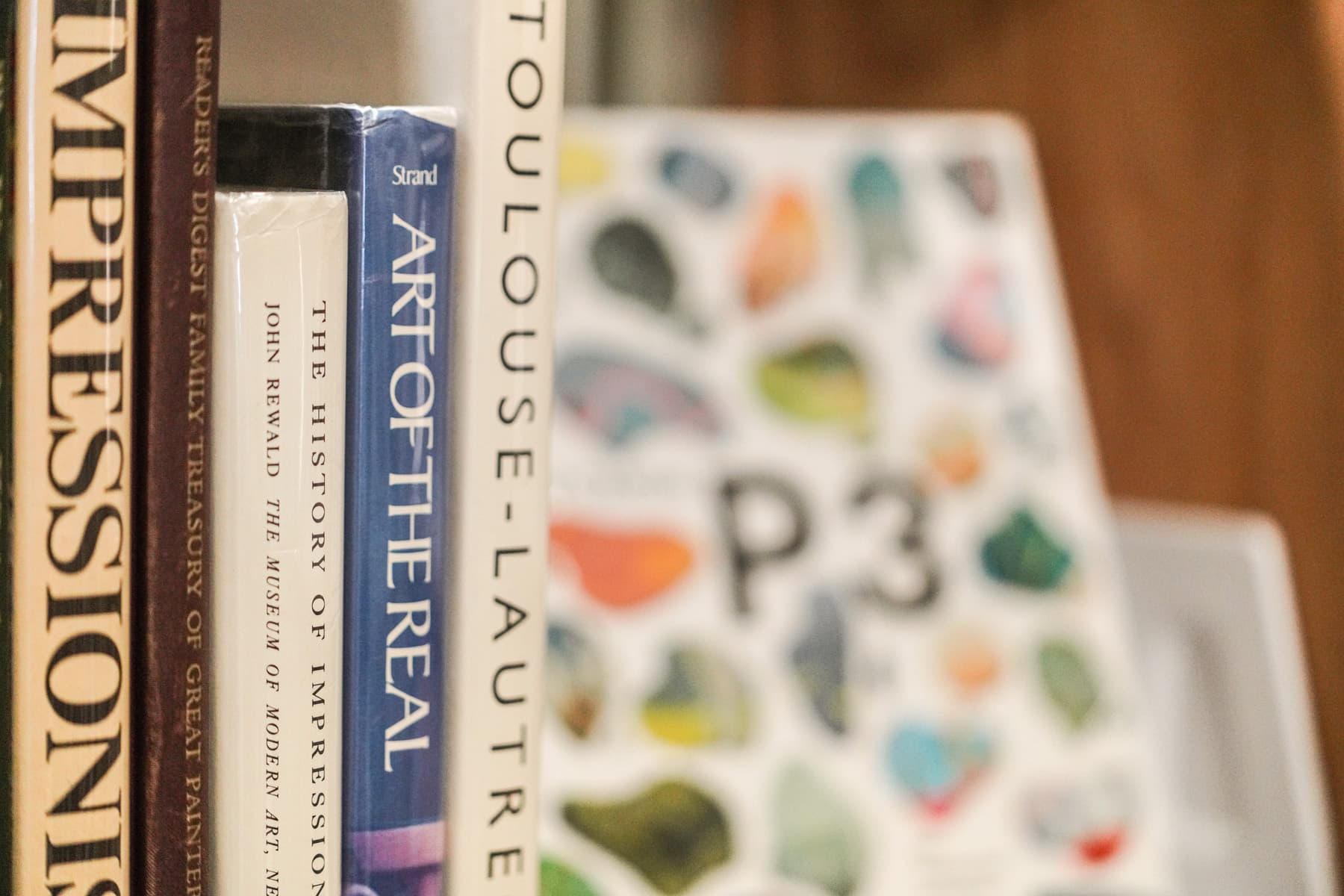
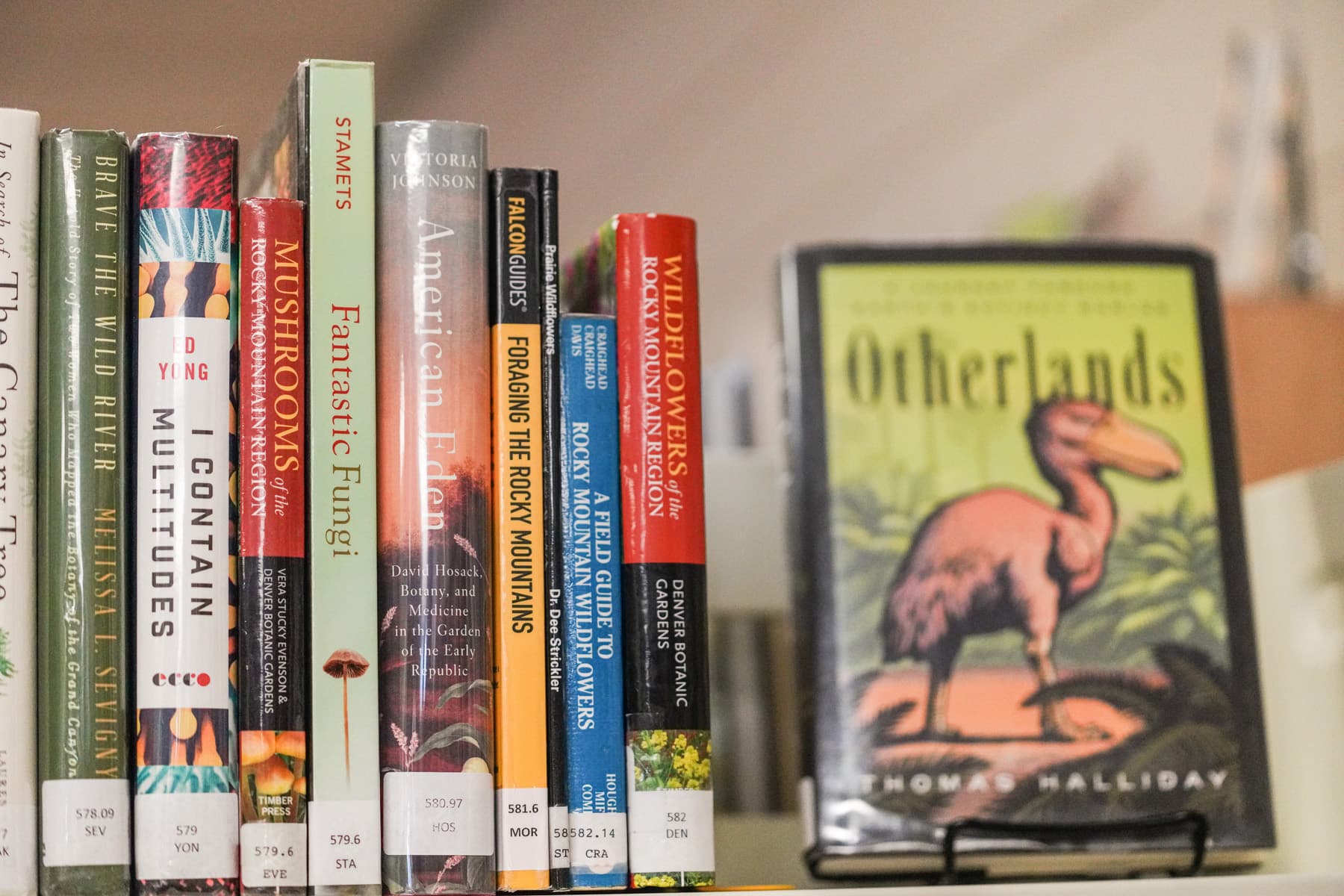
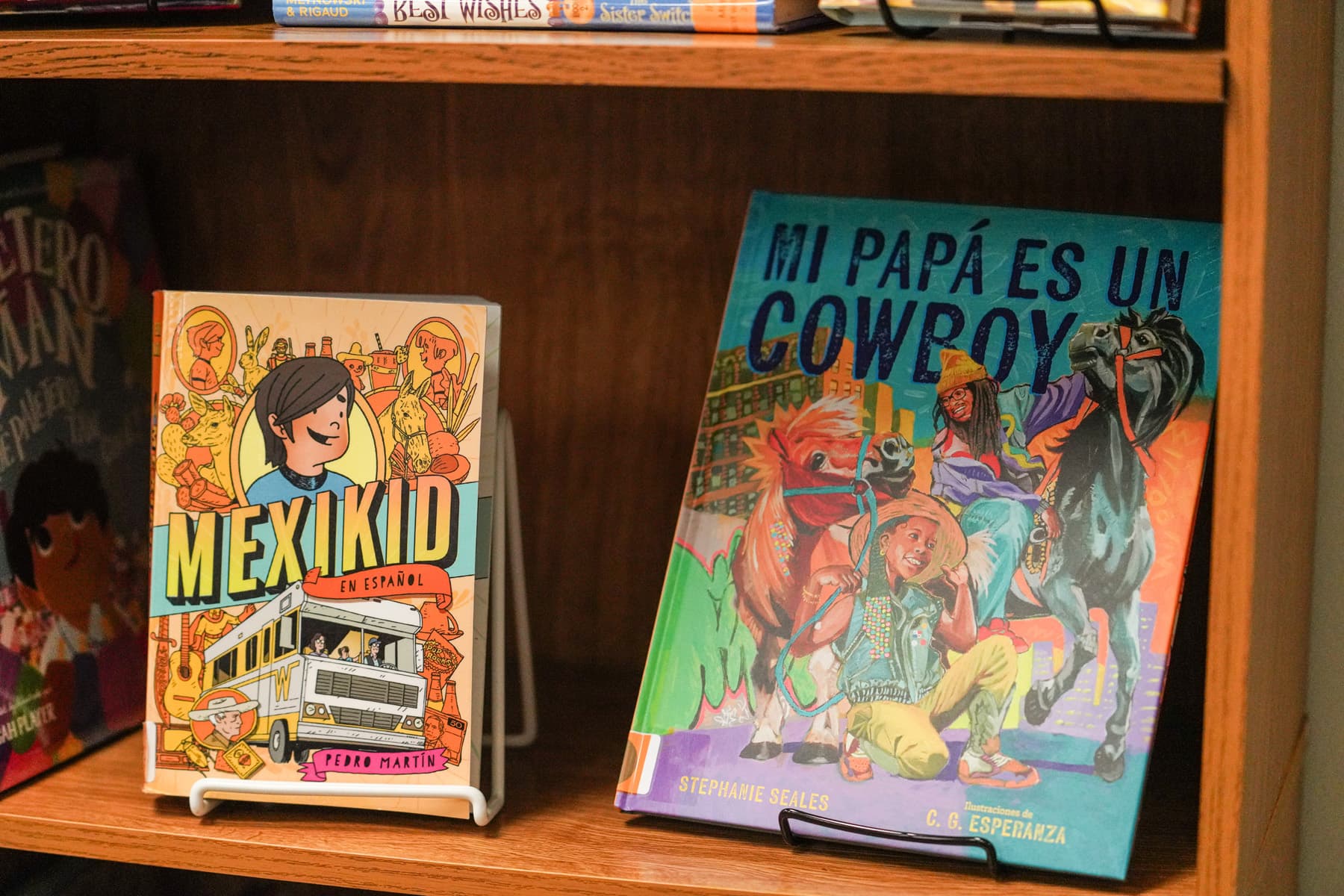
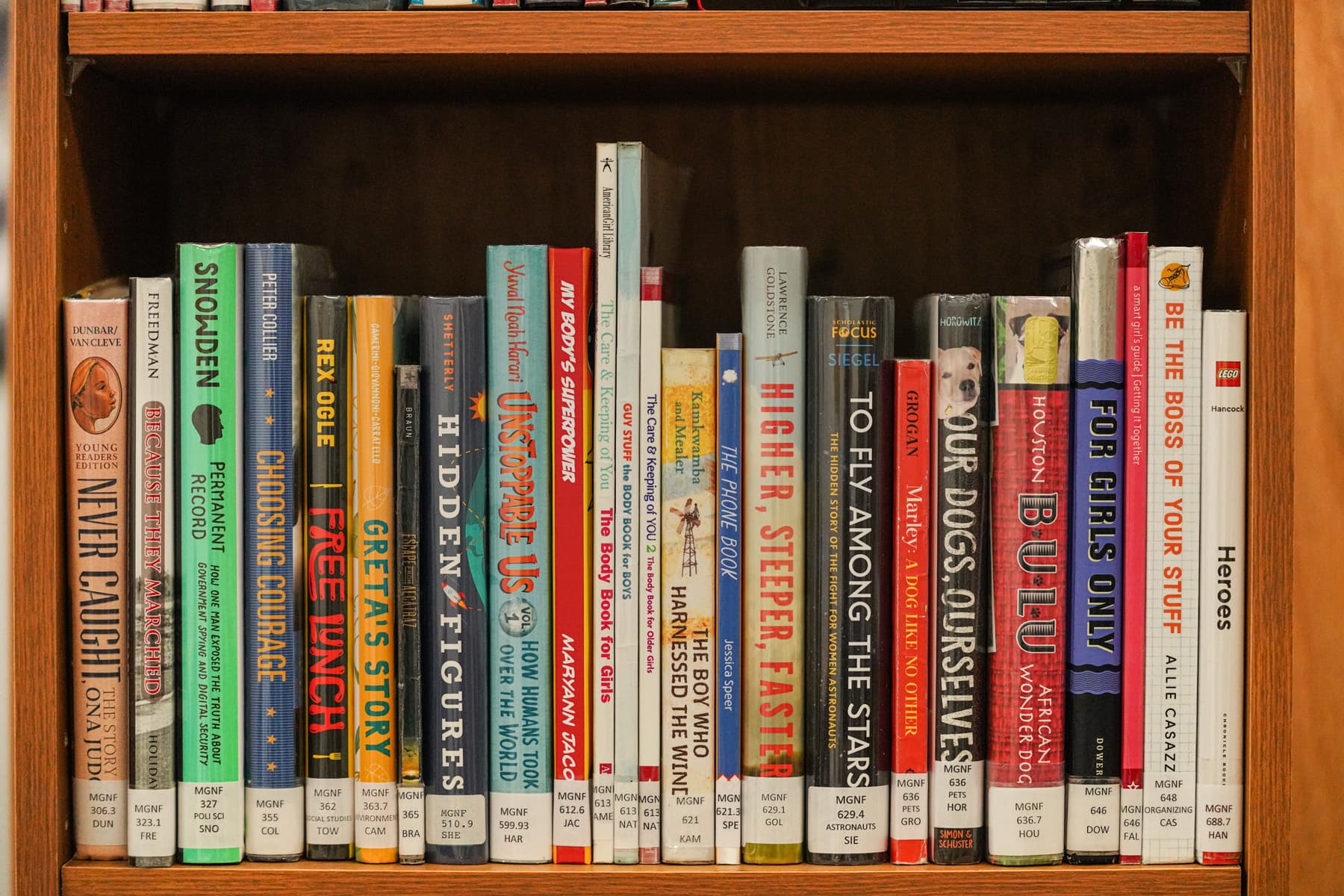
In 2024, the library completed the first chapter of its campaign to fulfill that, known as the Inspire, Explore, Belong Campaign.
The goal of this step was to establish foundational pillars for a new Driggs branch. The first—locating a suitable site—was solved when landowner Stefan Merriam donated a parcel on the corner of North Main Street and Harper Avenue in Driggs for the new building.
In addition, a nationally recognized library architecture firm, RATIO, was hired to conduct a needs assessment for Teton Valley. RATIO’s work confirmed community support for the project and provided a roadmap for designing a library to meet the needs of the twenty-first century.
With these initial steps completed, Valley of the Tetons Library moved into a planning and strategizing phase this past fall and winter. The VTL Friends transitioned to a Foundation and Friends group to support large project fundraising efforts and the long term financial sustainability of Valley of the Tetons Library. The planning phase will also help the library determine things like the size and design of a new building, as well as how space within will be allocated. It’s a big task.
Libraries around the country range from the likes of Tetonia’s tiny shed, open only a couple of days a week, to the Library of Congress in Washington, D.C. The Library of Congress, the largest library in the world, contains more than 178 million items in its collection. By comparison, Valley of the Tetons Library has 40,776 items. Within these extremes, a public library may contain teen wings, study carrels, and conference rooms, as well as makerspaces, gallery spaces, and multimedia areas. Just what Valley of the Tetons Library in Driggs will contain is still an open question.
Emily Bahr says they hope to have updates ready for the public by this summer. No dates have been set yet for actual construction, but library staff are confident they have the support needed to bring their dream to fruition. They know their library is loved in Teton Valley.
As a demonstration of that love, in February 2023, the library reached out to patrons asking for letters of support to include in a grant application. They received more than two hundred responses, ranging from hand-drawn pictures from toddlers who love story time to seniors who view the library as a critical social and intellectual resource.
Gail Baron, a retired English teacher, wrote, “Not to be dramatic, but Valley of the Tetons Library literally saved my life, more than once. Within a year of moving to Teton Valley, I found myself a widow, and it was at my local library that I found friendships, acceptance, and warmth, as well as good books and movies, and a place to volunteer. To me, it is the center of our tiny community where people of many persuasions can come together, and each person can be heard.”
Also in 2024, Valley of the Tetons Library earned an honorable mention in Library Journal’s “Best Small Library in America” competition. Founded in 2005, the annual award recognizes public libraries that provide outstanding service to communities with populations of 25,000 or less. Roughly 7,000 libraries fit that category, meaning the competition is stiff. First prize went to a library in Mendocino, California, while a Minnesota library shared the honorable mention with Teton Valley.
Valley of the Tetons Library has seen an uptick in program participation in recent years. In 2024, 2,404 people took part in one or more programs, a record-setting number for the system. In an area with a population of about twelve thousand, that’s an impressive participation rate. Programs range from adult reading clubs to youth cooking classes. The latter are particularly popular and often fill up as soon as they are announced.
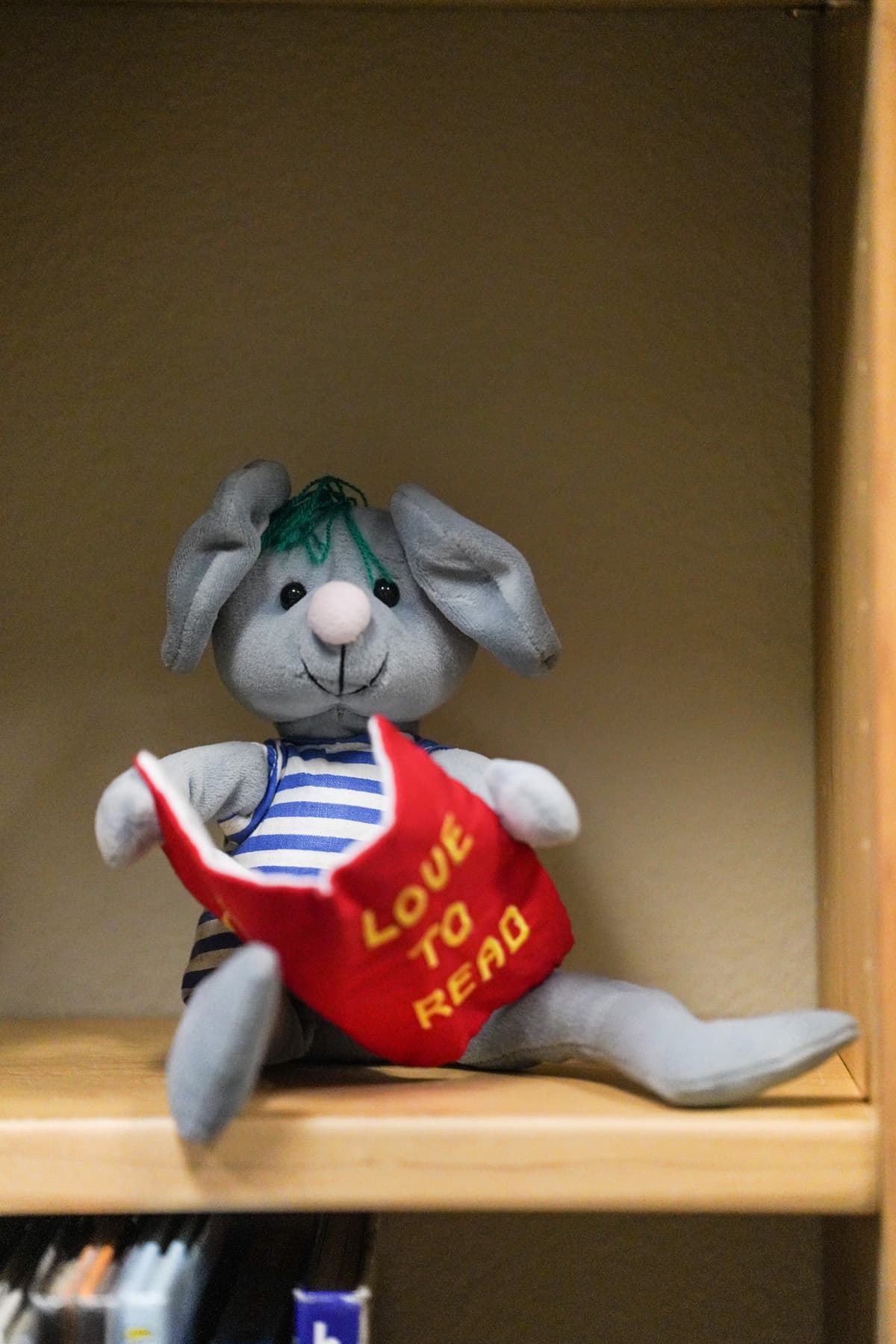
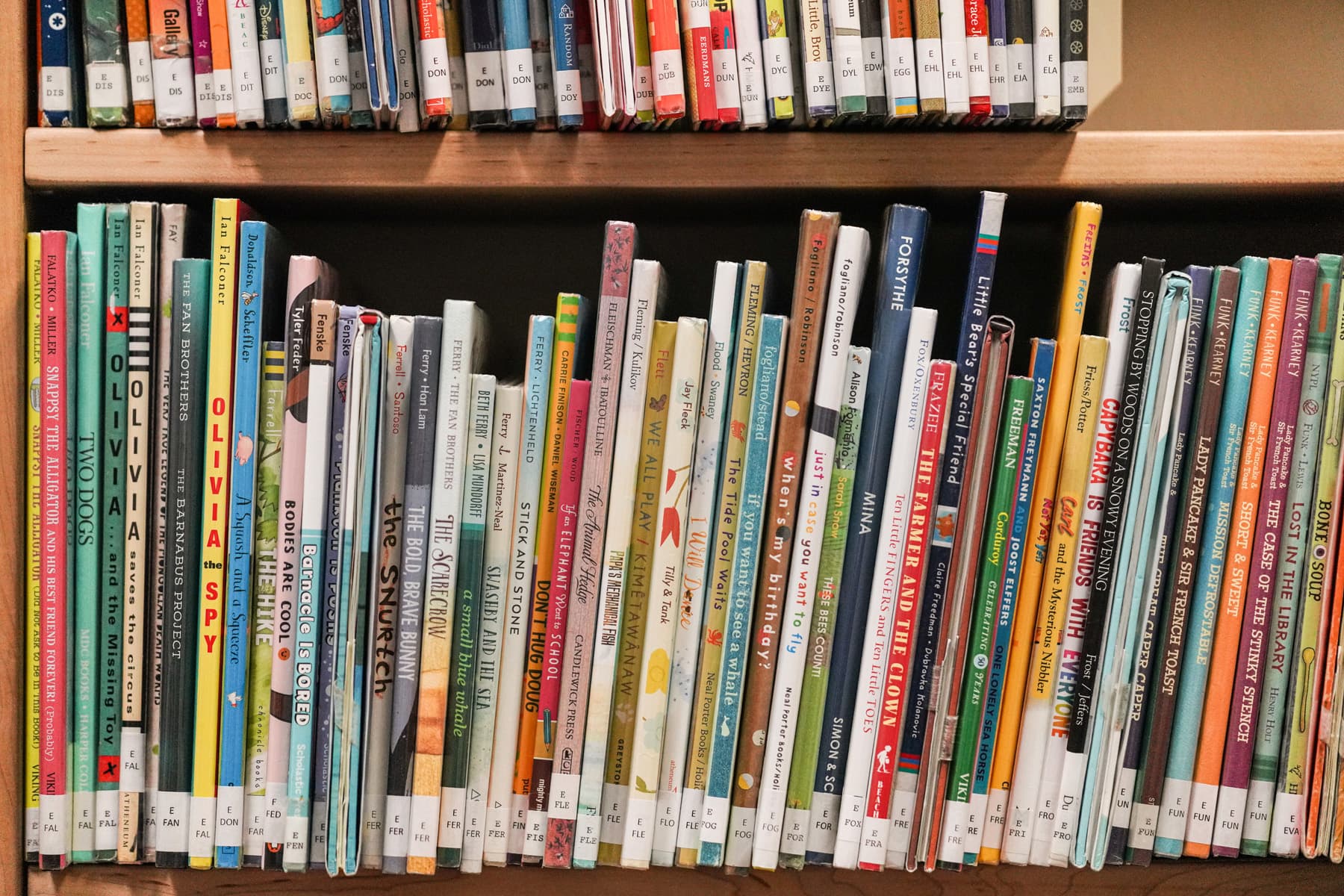
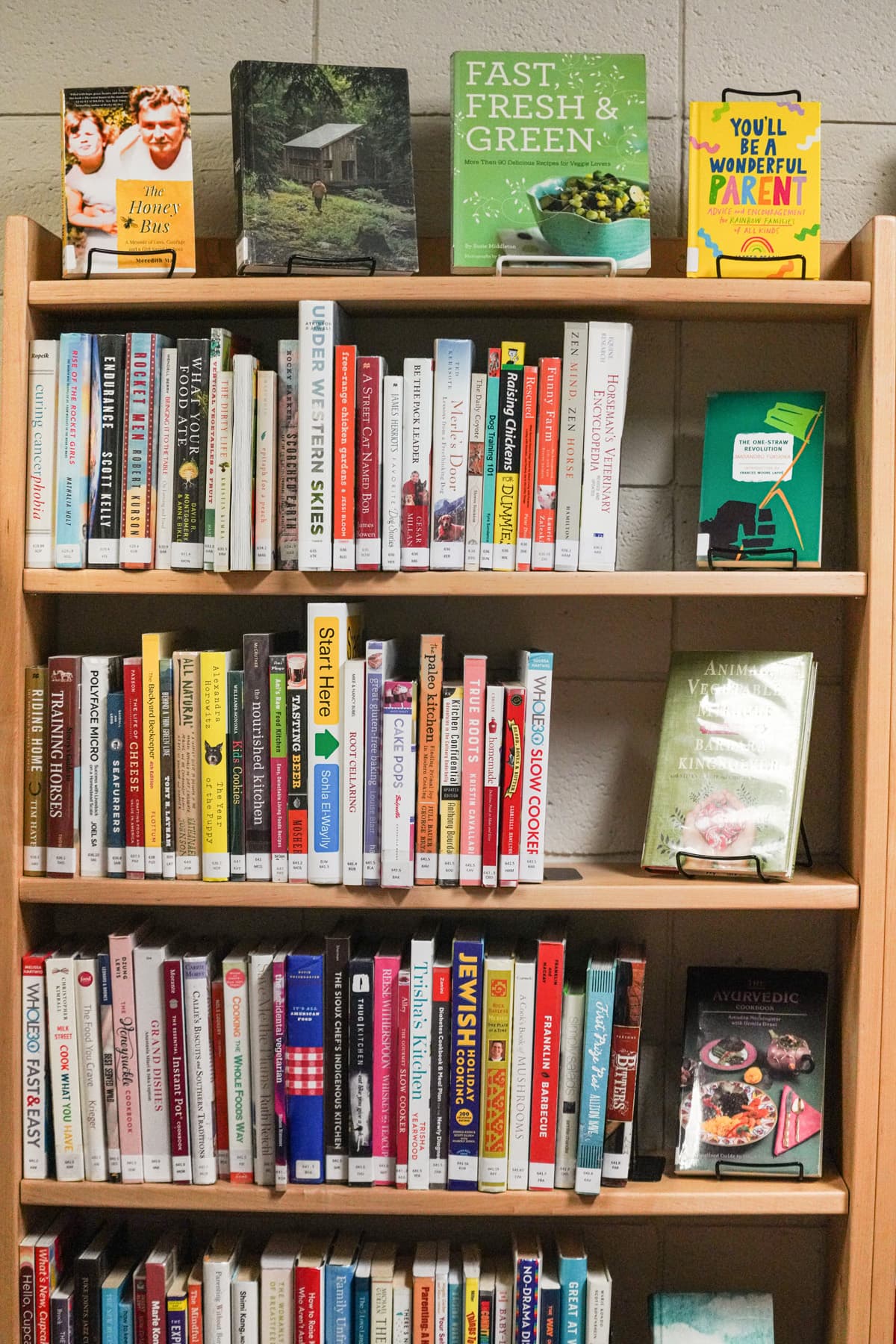
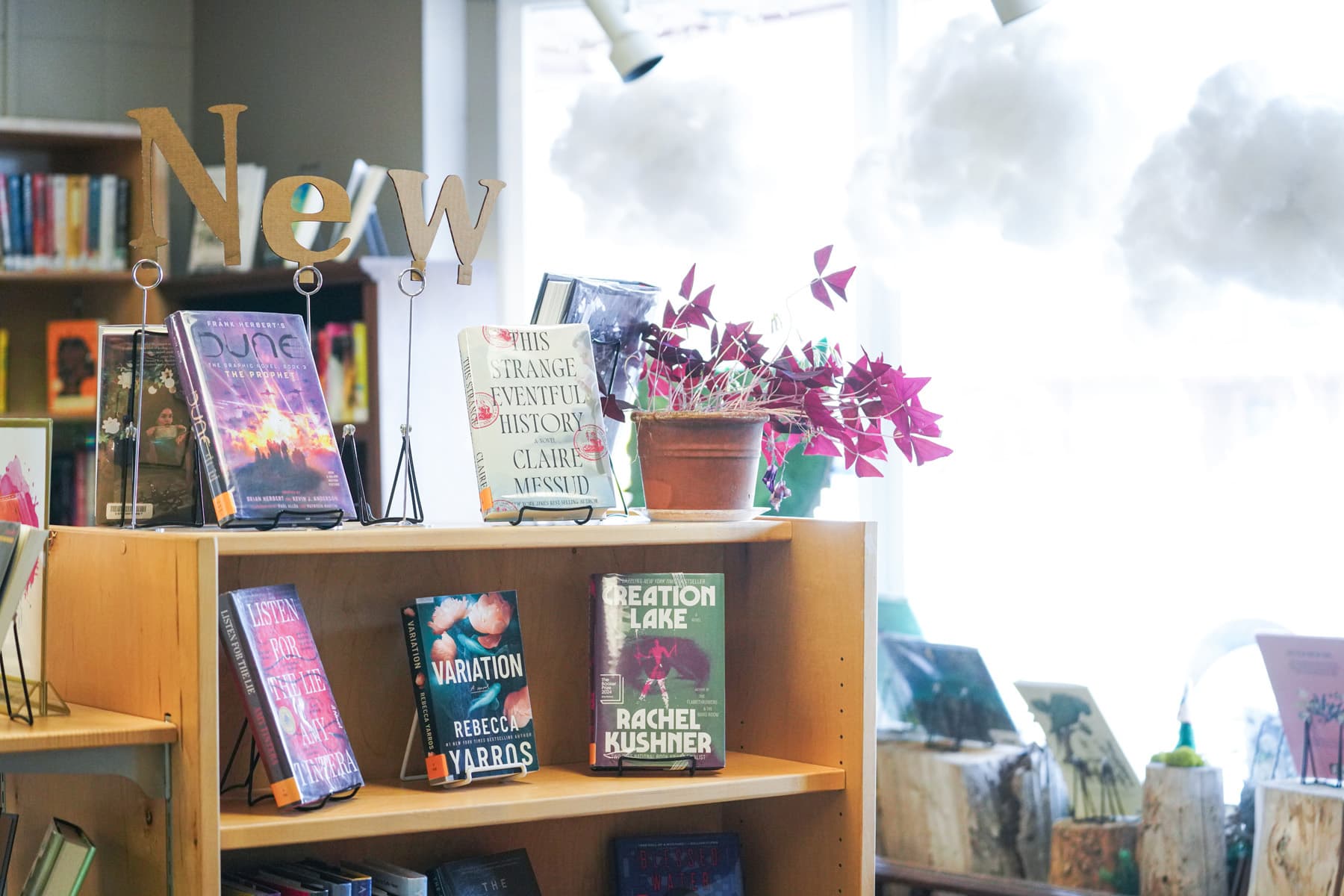
What is perhaps the biggest change in the libraries of today from the libraries of yesteryear is digital in nature. StateScoop.com, an online website that covers technology in state and local governments, reported that in 2019 material checkouts from libraries declined 25 percent. Meanwhile, digital offerings boomed. Nationally, according to a study by Portland State University for the American Library Association, 428 million electronic items—e-books, digital audiobooks, and e-magazines—were checked out from public libraries in 2020. To give that number some context, the public library in Washington, D.C. doubled its digital checkouts from one million in 2022 to two million in 2023.
While Valley of the Tetons Library continues to see an increase in physical circulation, the digital collection circulation has risen as well. Patrons can borrow from the digital collections of twelve Idaho library partners, as well as from Kanopy and Hoopla offered through Teton County Wyoming’s library, which means users have access to tens of thousands of titles online with the click of a mouse.
Raised with technology from the get-go, millennials and Gen Zers have led this shift to digital media consumption. Another Portland State University report showed that 54 percent of people aged 13 to 40 visited physical libraries within the past year, and 37 percent of them used the libraries’ digital collections.
Younger generations also sought out libraries as comfortable spaces in which to relax and socialize. Susan Strayer says this is in keeping with the library’s desire to make itself into a “third place” for the community. In sociology, a third place is a safe space where people can gather that is separate from the usual social environments of home and workplace. Third places are considered vital to combatting the loneliness and political polarization rampant in today’s society.
And what is perhaps the best thing about public libraries? They are free, which makes them available to all.
“Everything here is free,” Susan says. “That includes our books, our programs, and the tools we check out—we only charge patrons if an item is damaged or lost, and we only charge late fees for tools and laptops, not books. Sometimes people have a hard time believing that. Nothing’s free these days. But we are.”
